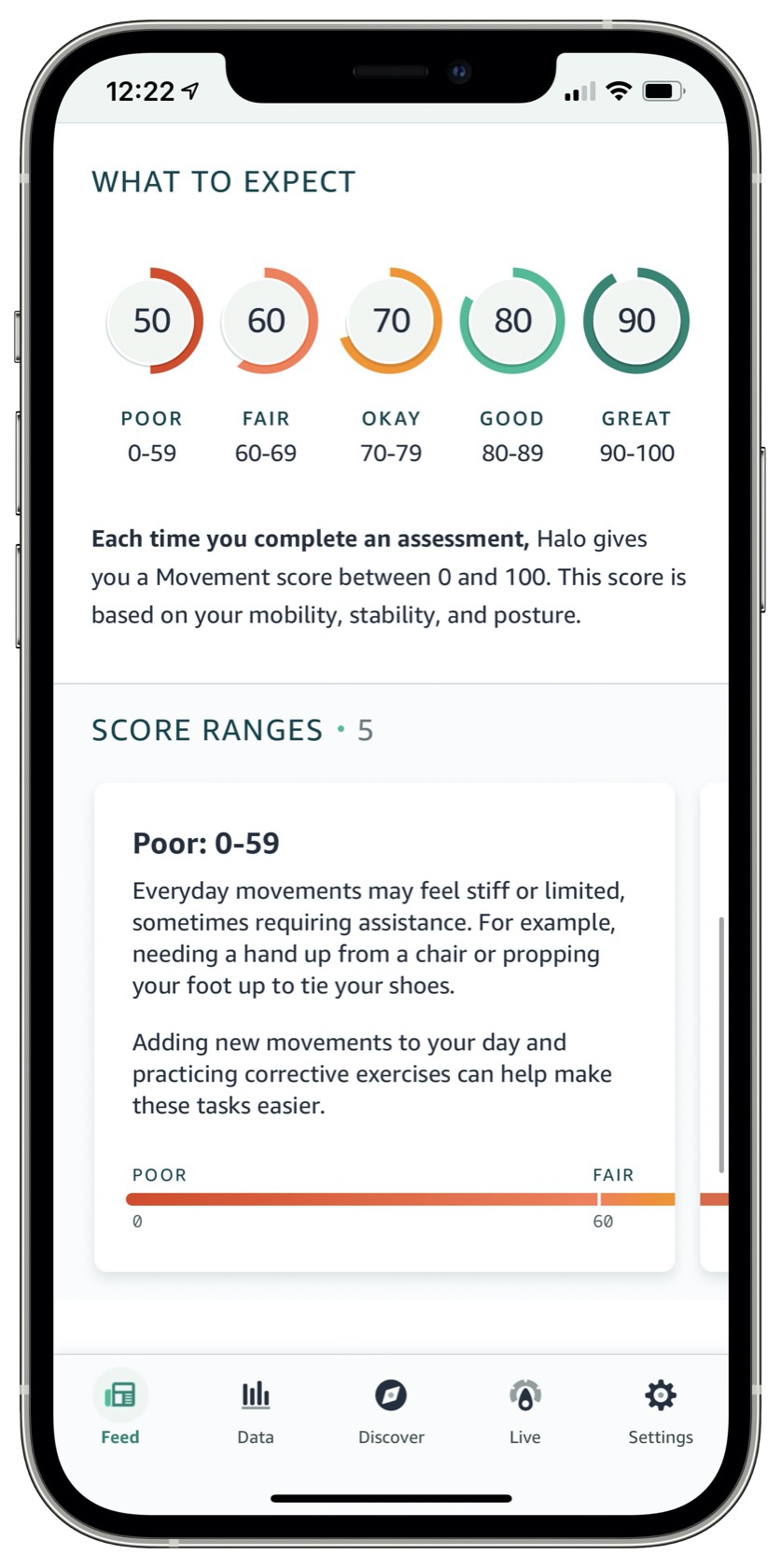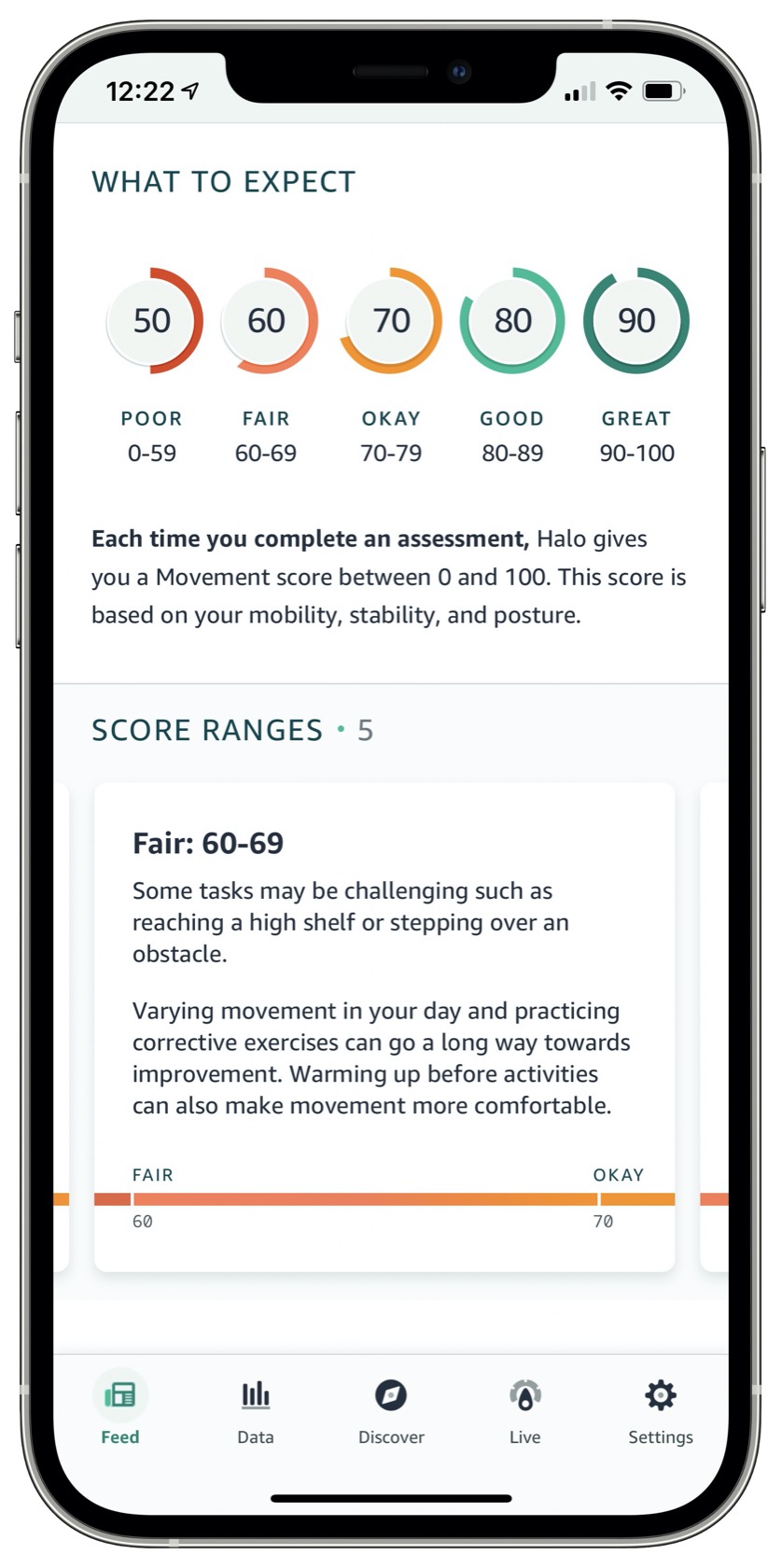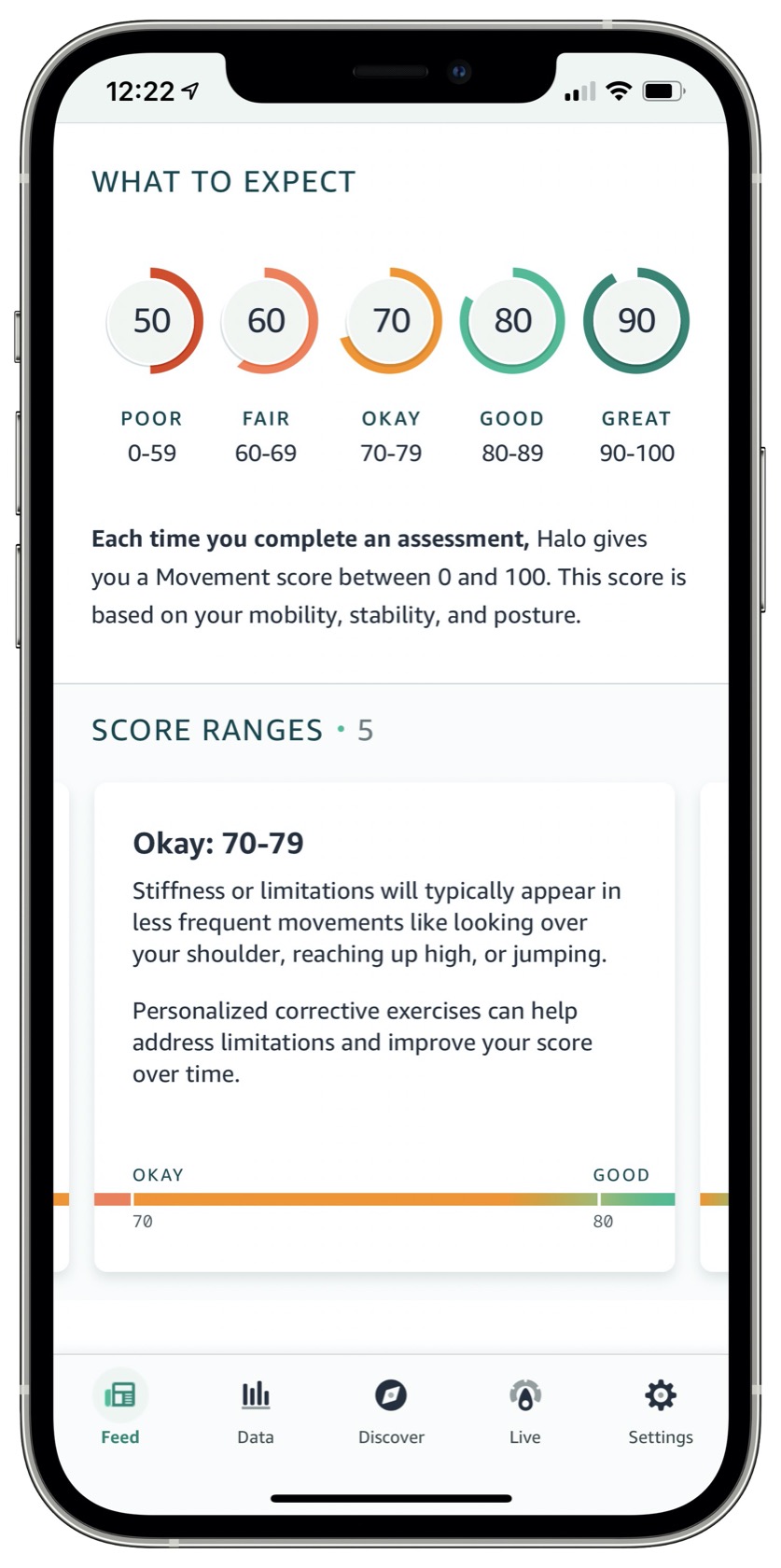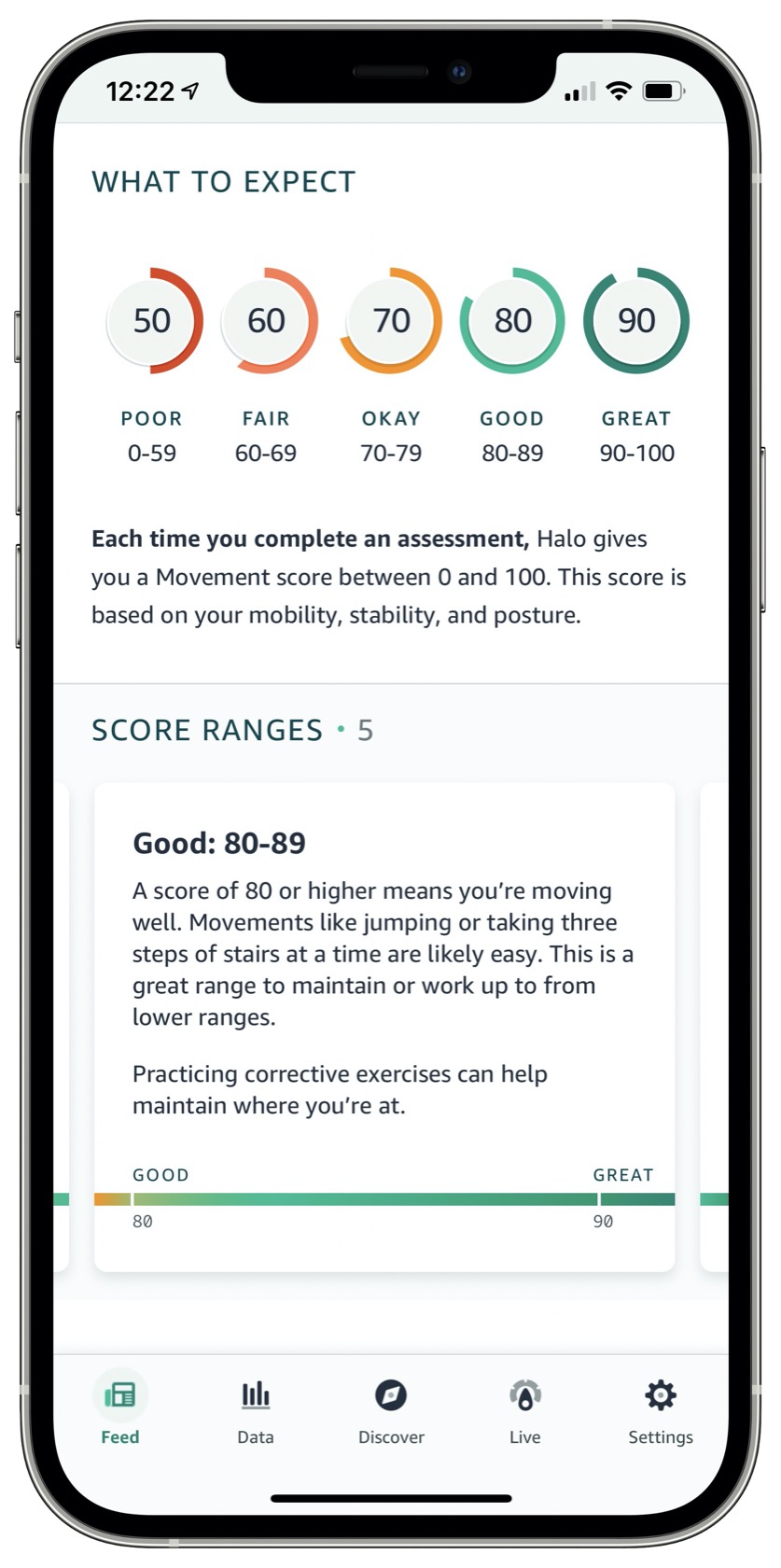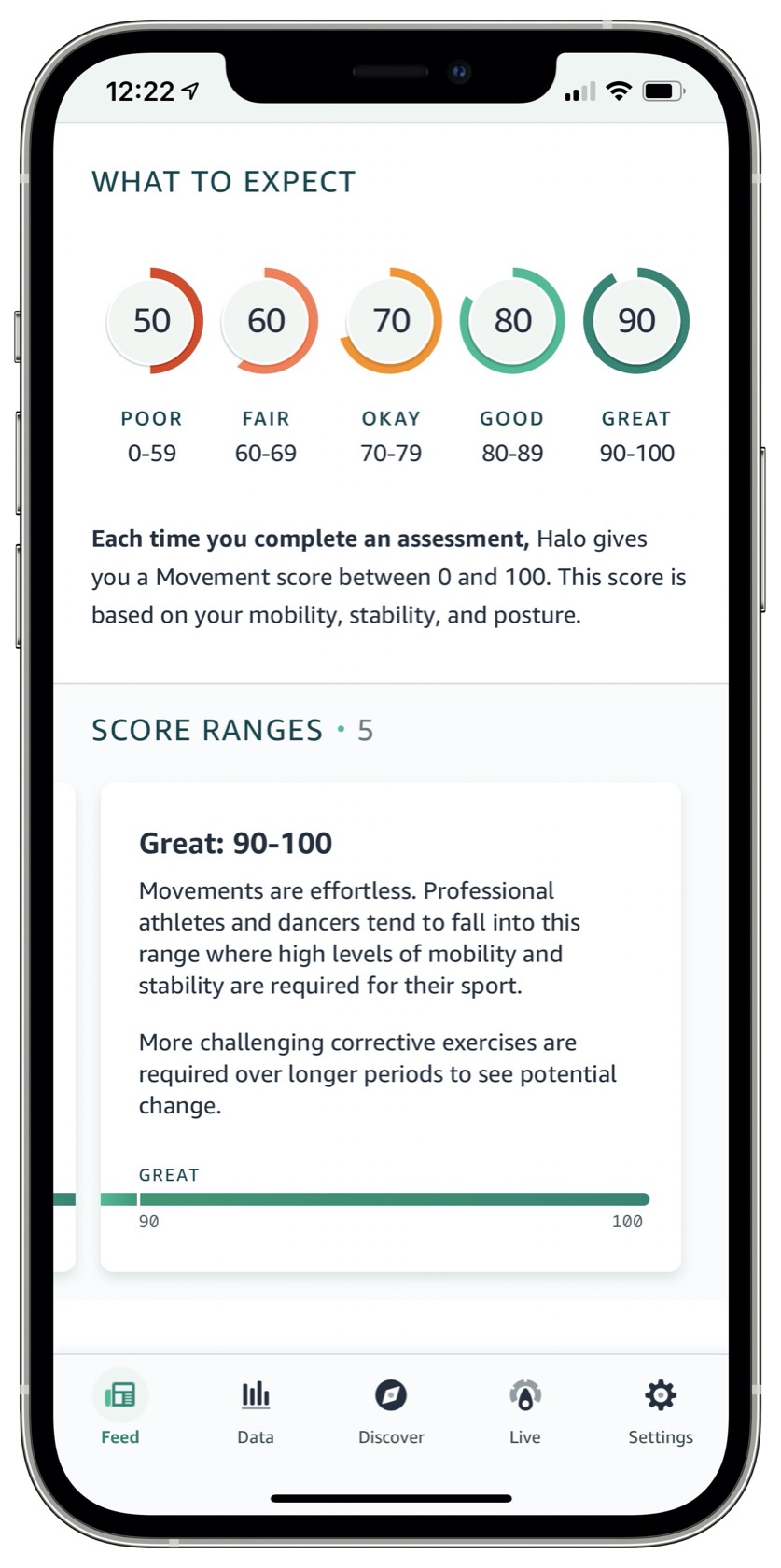Amazon Halo Review: Movement Health Meets Over-Sharing
- Movement Health analysis is easy to understand
- Long battery life
- Rich data collection (if you're a subscriber)
- Some of Amazon's features feel uncomfortably personal
- Halo band itself is a little bulky
- Subscription fee requires for all but the basics
It's fair to say Amazon Halo got off to a rocky start. A fitness band that promised analysis rivals couldn't deliver, the wrist-worn wearable may be simple but the machine learning running on Amazon's servers is anything but – assuming you're comfortable with all that personal data sharing. Now, Halo is adding Movement Health analysis as another premium service.
Amazon Halo is $99.99, and comes with six months of Halo Membership included. Service is $3.99 per month after that. You'll need to pay for most of the features: Halo tracks activity sessions, steps, heart rate, calorific burn, time awake and asleep, and sleep temperature without a subscription, but if you want tone analysis, body composition analysis, broader activity tracking, sleep stage tracking, and the new Movement Health analysis – in short, all the stuff that sets Halo aside from a cheaper tracker – that'll cost you.
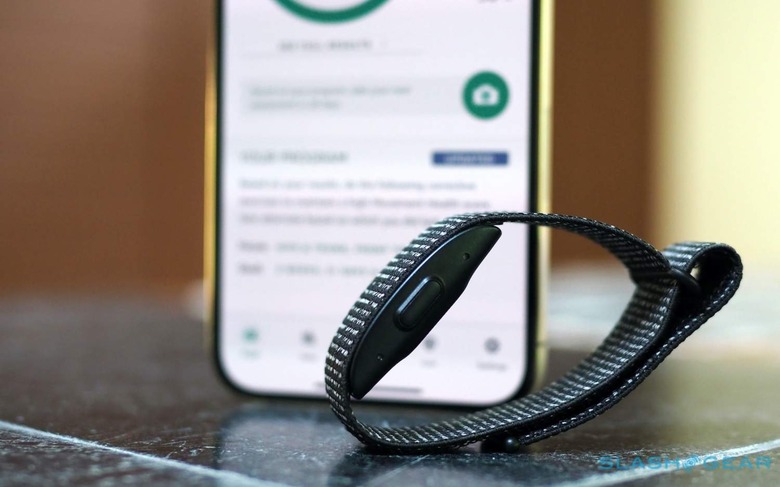
There's no screen, no speaker, and no way to use Halo to flag notifications or calls from your phone. Whether that's a plus or a minus comes down to personal taste. It does help with battery life, though, with 5+ days between charges my typical routine. Amazon's default strap is a simple fabric one, available in three sizes; there are replacements in different colors, and in silicone rubber, that snap on instead.
It's not the slimmest fitness tracker out there. It stands up a fair amount on my wrist – similar to an Apple Watch, but that has a display and a lot more going on inside – and the Velcro loop can be fiddly to close and get comfortable. Physical controls are minimal, with basically just one multifunction button. Everything else, including setup, is done through the app.
I focused my testing on Halo's new Movement Health features, rather than some of the existing functionality. Halo can, somewhat controversially, be set to listen to your speech and analyze your tone of voice. That way, Amazon says, you can gain a better perspective on how you might sound to others.
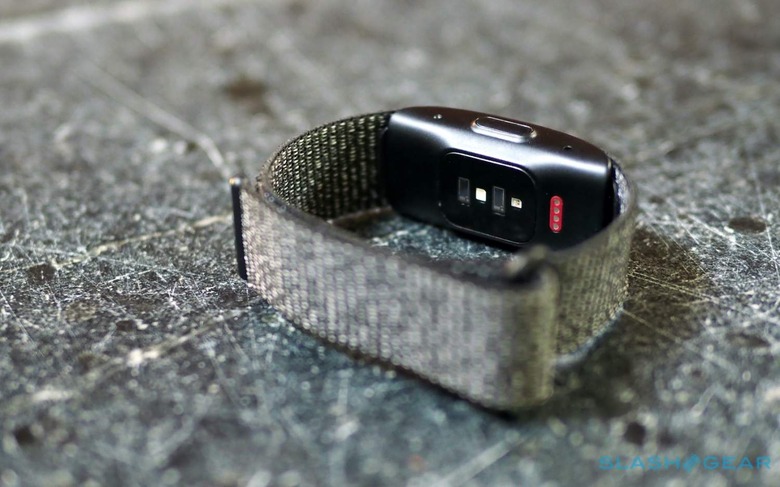
Because I feel like the people I come into contact with each day have a right to know if there are always-listening microphones nearby, I opted to leave the tone analysis switched off. Similarly, I decided not to use Amazon's equally-controversial body composition analysis, which involves uploading photos of yourself in tightly-fitted workout clothes or underwear to the company's servers.
I don't doubt that there are plenty of security systems in place around that, as Amazon says, or that the files are deleted straight away. Still, at a time when our data footprint – and particularly that footprint out on different companies' servers around the world – is ever-increasing, I think taking a more circumspect approach to where we upload images of ourselves is prudent.
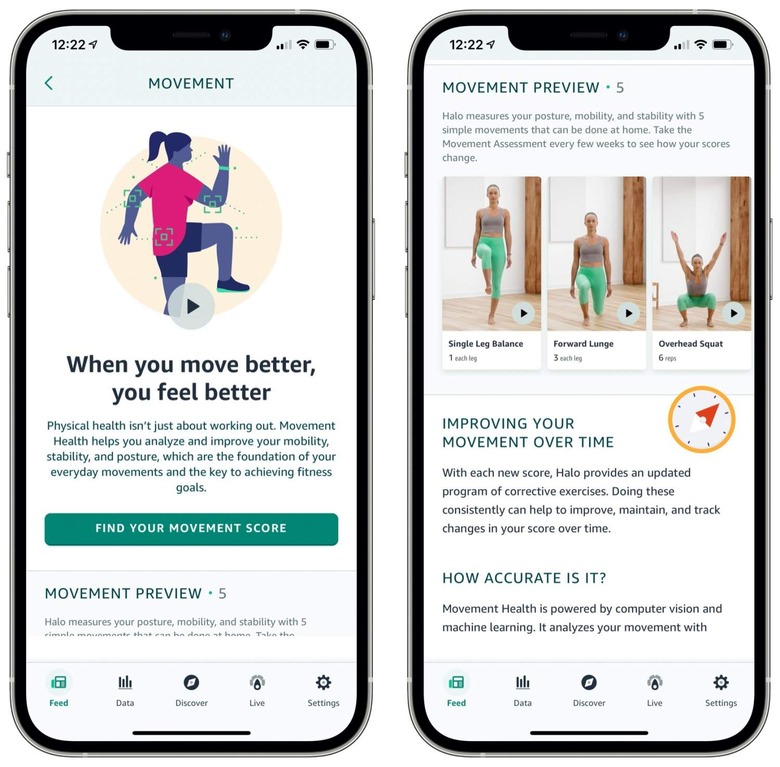
You'll need to allow server-side analysis of Halo's Movement Health too, of course, since Amazon records you in order to calculate how flexible you are. The official guidance is to wear "form-fitting clothing": think along the lines of compression shorts, pants, or a form-fitting shirt, rather than baggy shorts or sweats. That's because the analysis needs to see your individual movements, though it had no issues with my wearing a regular pair of exercise shorts and a standard t-shirt.
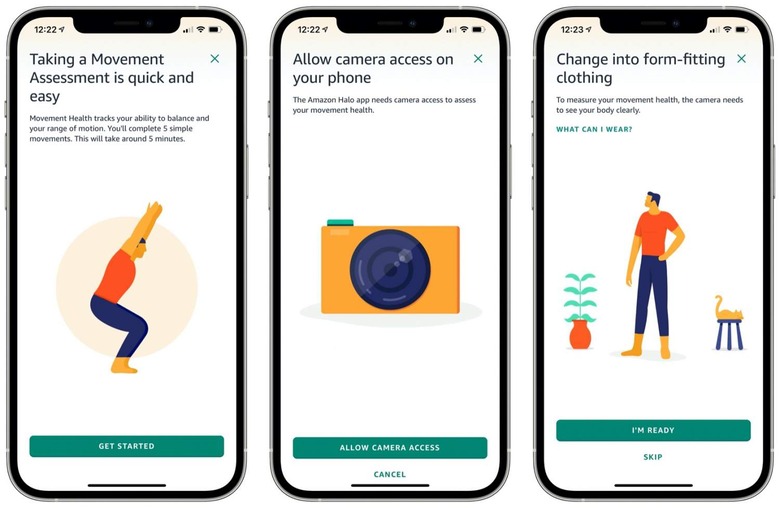
Once you've picked the right outfit, it's a matter of propping your phone up on the floor with the volume cranked up, and then following instructions. There are five different movement types Amazon walks you through, with a full-screen preview of what you should be doing and your own video in a small sub-window. They're basic and not uncomfortable: think things like lunging forward as you lower one knee, or crouching down into a squat while keeping your feet flat on the ground.
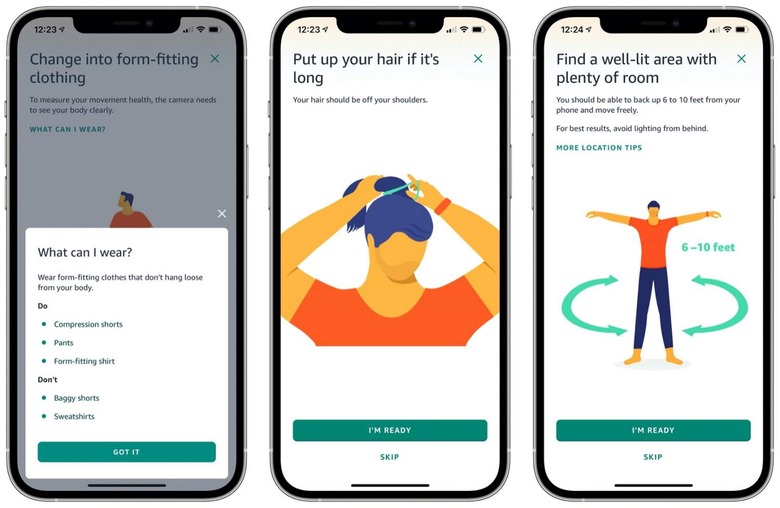
It takes about 10 minutes at most – unless, like me, your phone keeps sliding over and you have to restart a segment – and after that you get a Movement Health rating pretty much instantaneously. It's an overall number out of 100, then split out into Mobility, Stability, and Posture.
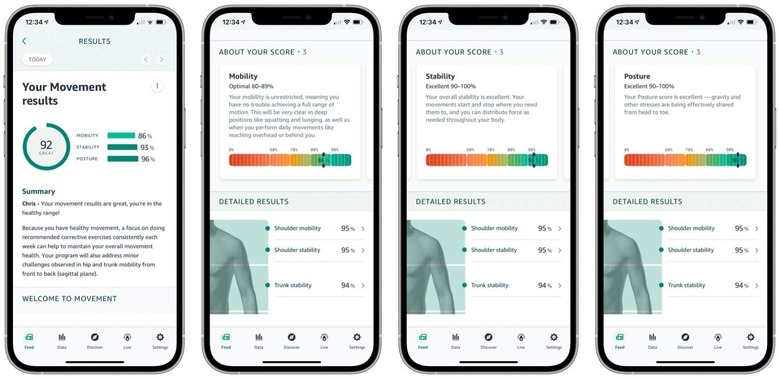
Amazon does a good job of breaking down what each aspect means – and what you can hope to achieve if you follow Halo's so-called corrective exercises. I scored best in Stability and Posture, for example, and slightly lower in Mobility: the app highlighted "minor challenges" in my hip and trunk mobility, for instance. You can tap through on each portion of the body assessed, and see more specific details.
Turns out, with 92/100 overall, I'm unexpectedly healthy when it comes to movement in general. The app was pretty upfront, then, about what I could hope to achieve: maintaining that health, along with targeting the highlighted hip and trunk concern.
The program is customized according to those results and focuses. Mine, for example, included a number of yoga poses – including "Tactical Frog" and "Advanced Bird Dog" – which Halo suggested I do three or more days each week. After 28 days, the recommendation is that you retake the original assessment to track how things might be changing.
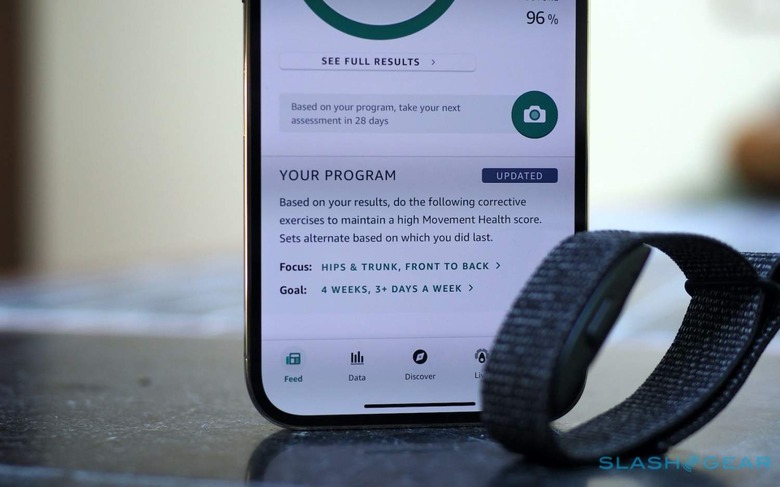
Did I feel better after a couple of weeks of trying to do more stretches and other exercises? The answer is probably yes, though Halo's strength there was more about tutoring me through each one. I suspect that, had I downloaded any yoga app and run through the tutorials, I'd have had similarly beneficial results.
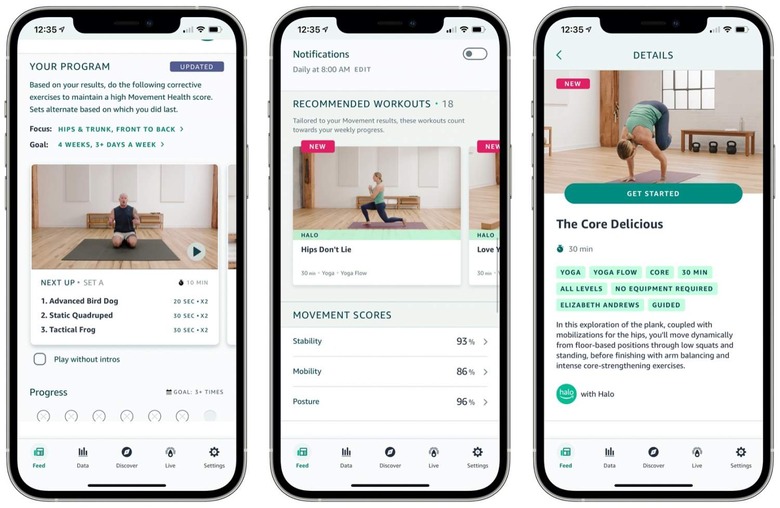
The advantage to Halo, then, is in the focus. If all you know is that some parts of your body hurt, and don't have a clue where to start in addressing that, Amazon's automated assessment could be a good shortcut to figuring that out. It's not going to be as comprehensive or as tailored as an actual consultation with a physiotherapist or a yoga instructor, no, but being able to do it at home meant it was a lot more convenient.
Honestly, if Halo's analysis comes up with something more serious, I'd probably lean toward getting expert advice next. If, like me, you turn out to still be pretty flexible despite the onward progress of time, having a simple set of exercises to run through to hopefully maintain that a little longer was handy.
Amazon Halo Verdict
I have to be blunt, I still find Amazon Halo a little unsettling. Seldom is the transactional nature of big data and its impact on little old me so blunt: you can have your tone analyzed, as long as you don't mind being listened to all the time; you can have your body fat calculated, if you're okay with uploading half-naked images of yourself first. I don't doubt that what Amazon is doing with machine learning is impressive, but I think it'll take an entirely locally-processed version of all this before I feel comfortable.
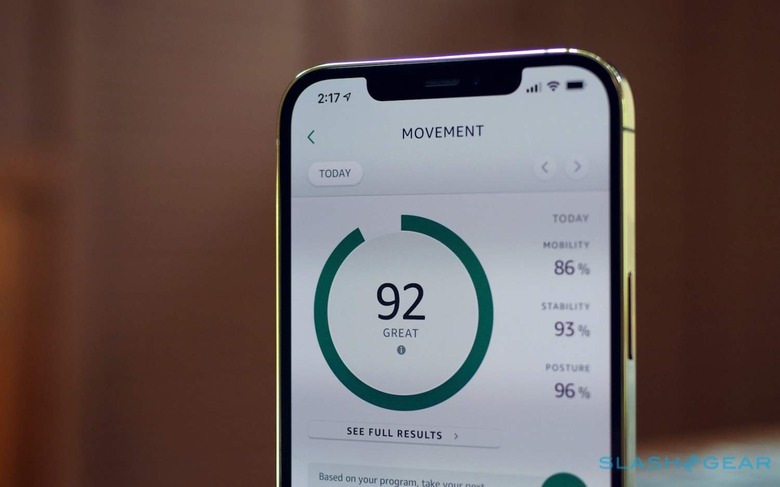
Beyond that, Halo as a fitness tracker has been unexpectedly low-key. There's not really any of the proactive encouragement or challenges that, say, an Apple Watch pesters me with during the day. If I open the Halo app all the metrics you'd expect are there, but Amazon waits for you to come check them first. A case in point: apparently my resting heart rate was 10-percent lower yesterday than the day before, which could either be a sign of improving cardiovascular health or of the impact of stress or other factors. Had I not glanced at the app, though, I'd never have known.
There is undoubtedly a market for health tech that caters to the fitness-confused. I like my Peloton bike because there's always someone there to tell me exactly what to do; I like the Apple Watch because while finding time for exercise doesn't come naturally to me, its prompts and nudges keep me on track. Much in the same way, while I might know that yoga and stretches are generally good for flexibility, left to my own devices I wouldn't know which to do and why.
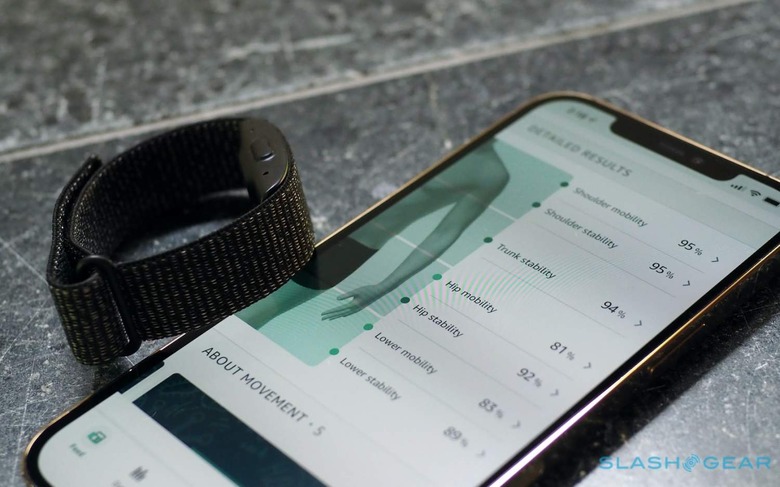
On the one hand, Halo does the trick there. It's simple to use and the results are easy to understand; unlike tone analysis, Movement Health feels less gimmicky, too. More broadly, though, the features Halo is capable of (and which you pay for in a subscription) but which, for whatever reason, I'm opting not to use do leave me uneasy. Movement analysis is good, but probably not $3.99-per-month-good, and so you really have to be onboard with the rest of Halo's capabilities for the value to balance out any lingering apprehensions.

